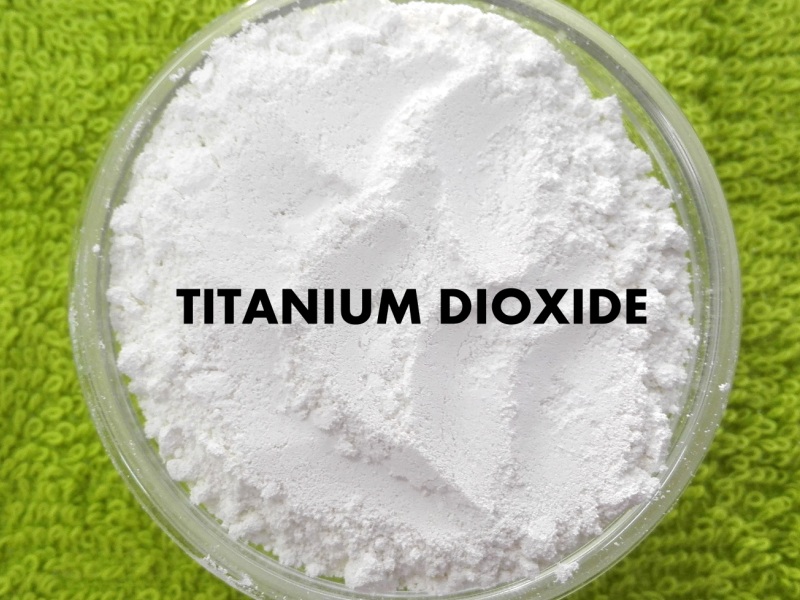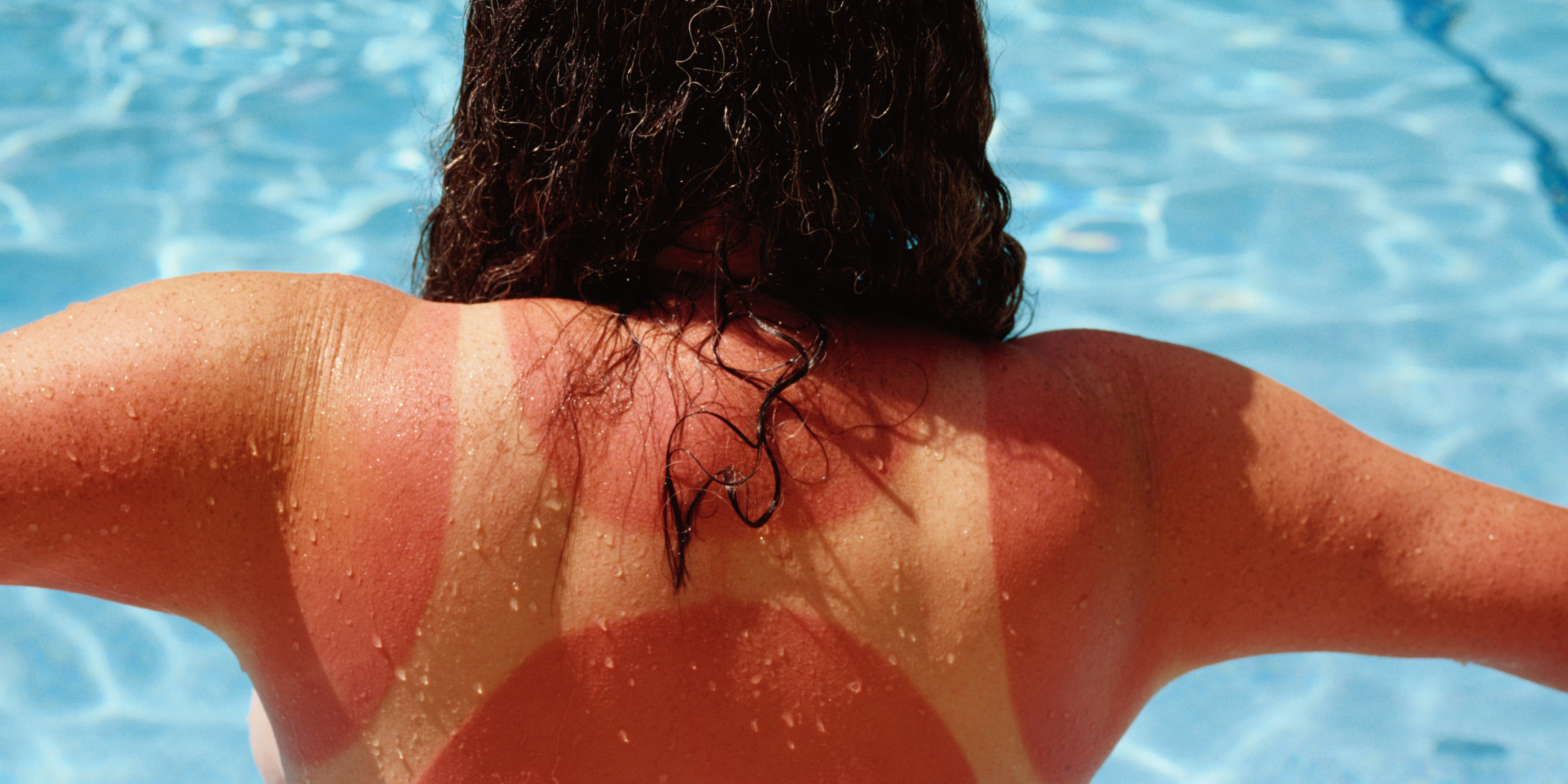Traditionally, sun protection has been produced with organic molecules that absorb some of the UV radiation, creating a chemical reaction whereby those rays are converted into heat and then released through the skin. We call these absorbent organic sun filters in organic sunscreens.
The oldest and most controversial of these organic sun filters is PABA, para-amino benzoic acid, which is a UVB filter. Their use has declined considerably since their introduction in the 1970s as it was eventually found to increase sensitivity to allergic reactions. Though their derivatives are still being employed today.
Unfortunately, most of these agents can then be converted into Free Radicals upon their exposure to UV radiation which as previously stated are culpable in sun damage to the skin.
The more successful of these is Methoxycinnmate as the protection is far greater than the potential damage and filters both UVB and UVA rays, though with substantially less activity on the latter. Despite this, as of January 1st 2021, the use of this chemical substance will be banned from sale in the state of Hawaii, in an effort to protect the marine ecosystems as it has been linked to coral bleaching.

When a sunscreen claims to be broad spectrum, it translates that it protects against both UVB and UVA rays. Examples of UVA coverage include; Bemotrizinol and Bisoctrizole, more commonly known as Tinosorb S and M. Their success stems from their stability in sunlight and aversion to free radical formation. To date, it is believed that there is still limited research funded on the long term effects of organic sunscreens.

The cosmetic industry has recently accepted and began marketing the use of inorganic/mineral sunscreens, due to their matching organic sunscreens in efficacy but much safer usage.
The method of function involves reflecting and scattering the energy of UV radiation completely blocking both UVA and UVB rays, as a result of their metallic composition. The most successful of these are Titanium Dioxide and Zinc Oxide. The reluctance to introduce them is on behalf of their thicker consistency and opaque colour that may leave a white film when used. They also require more frequent reapplication as they are not waterproof.
Sun protection should be an orchestra of components working in unison to combat the varying affects of UV radiation. It must effectively protect against both UVA and UVB rays and contain antioxidants to combat the unavoidable formation of free radical damage. Skin protection from the sun must include an extra ingredient of vitamin A, which will actively work on any damaged skin cells to repair their DNA.

